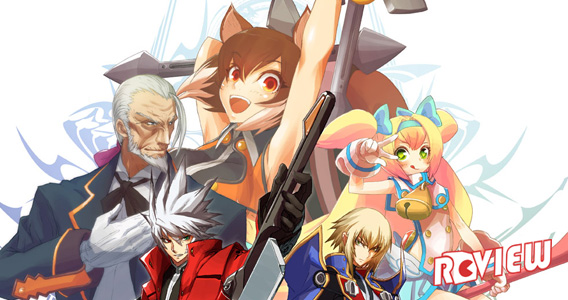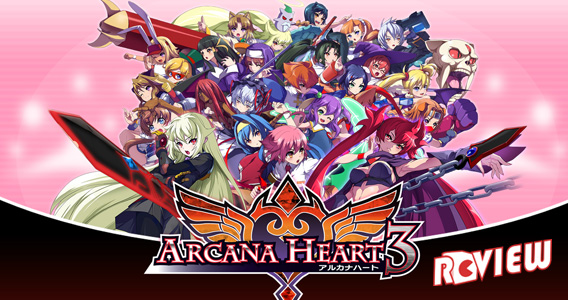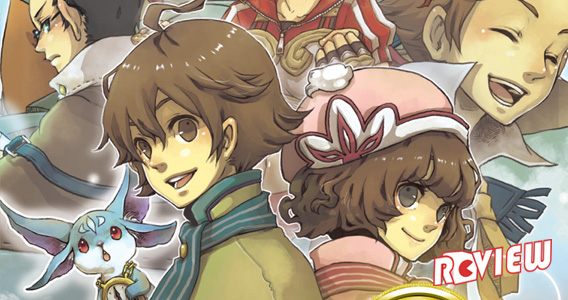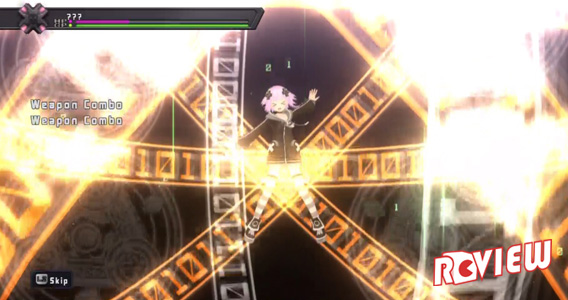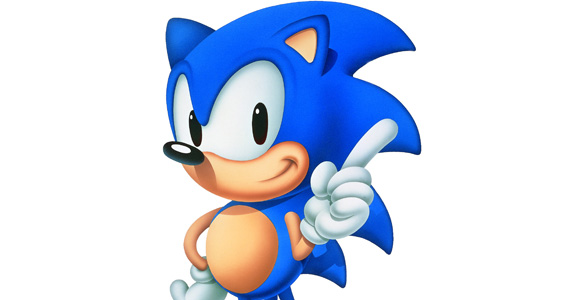
Nostalgia is a funny thing. I got into collecting old videogames around eight years ago, in part to re-establish a connection with my inner child; to transport myself back to a simpler period in my life. At the time I started snatching up the initial bricks and mortar of my current collection, I was in a strange place in my life. I had just completed my (somewhat delayed) post-secondary education, but couldn’t find a job in my field and was therefore employed as a “sandwich artist”. My girlfriend (now wife) and I were living in an cramped apartment in a not-so-great area near downtown (complete with corner dwelling hookers, an adjacent coffee shop populated by recently released psych-ward patients and a psychotic drug dealing downstairs neighbor).
I had never gotten rid of any of my old videogames from when I was a kid, and I even made enough use of them to justify taking them with me when I left the comfort of my parent’s basement.
I don’t remember the exact moment I started “collecting” videogames, I just started buying the old games that I remembered liking but never owned as a kid – some I’d rented, others that I’d played at friend’s houses. From there I got into games and systems that I never had access to, such as the Turbo Grafx-16 and Sega Master System. It was during my introduction to the Master System that I heard about the numerous ports of popular Genesis games that had graced the console. Titles such as Altered Beast, Streets of Rage 2 and even Mortal Kombat all saw 8-bit Master System releases. Intrigued, I started collecting and discovering them for myself, and the game that intrigued me most was the Master System version of Sonic the Hedgehog.
